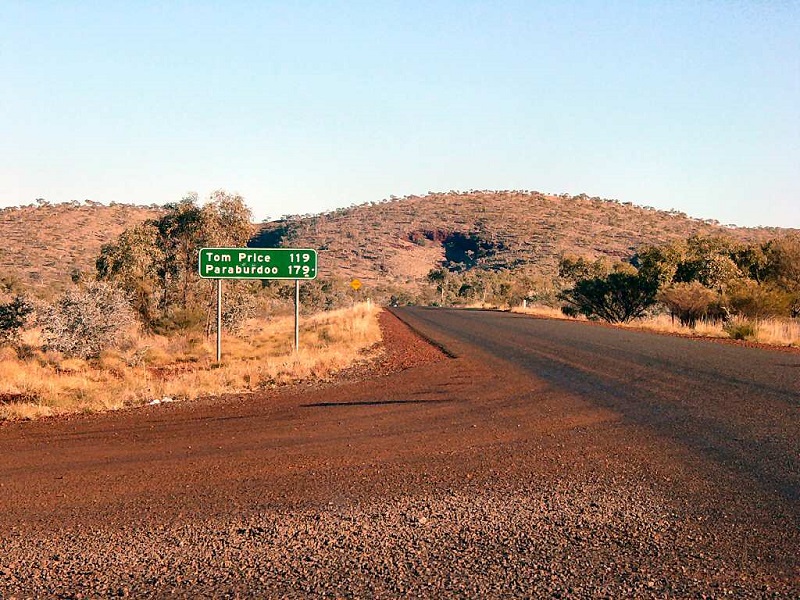The Clean Energy Finance Corporation (CEFC) will invest AUS$20 million (US$15 million) in a project in Western Australia (WA) that aims to produce lithium concentrate of the type used in battery storage and electric vehicles.
A US$100 million senior secure bond has been issued by Pilgangoora Operationst Pty Lts, which is a wholly owned subsidiary of ASX-listed Pilbara Minerals Limited. The bond, of which the CEFC is a cornerstone investor, will finance the Pilgangoora lithium-tantalum mining project in the Pilbara region, which is some 120 km south of Port Hedland, WA.
Harvested at the site will be lithia raw materials (spodumene concentrate), which can be used to develop a wide range of lithium-ion products that will help to support the growth of the energy storage sector.
According to CEFC CEO Ian Learmonth, lithium is an essential part of the clean energy transition as more and more applications and governments begin to adopt enhanced battery storage technologies in the wake of greater volumes of renewable energy deployment.
“Worldwide demand for lithium is growing, driven by the increasing uptake of electric vehicles that use lithium-ion batteries, and by the growth in energy storage solutions requiring lithium supplies,” said Learmonth. “The lithium concentrate supplies to be produced by this project will help build Australia’s capacity to supply much-needed resources for the clean energy technologies that are set to play a vital role in increasing the use of renewables in our future energy mix.”
The mining project will become one of the largest of its type in the world, according to Pilbara Minerals MD and CEO Ken Brinsden, and will help to meet global demand for hard rock lithium and lithia raw materials.
The bond was issued in US dollars, marking the first foray by the CEFC into US-dollar-denominated funding – a fact that CEFC transaction lead Melanie Madders highlights’s the CEFC’s growing role in developing new and innovative funding mechanisms for the clean energy sector.
“Australia is well positioned to play a leading role in supporting the increasing demand for lithium batteries in the future,” Madders said. “This project will enhance the delivery of secure and reliable lithia raw materials and bring about the transition to increased renewable energy use in Australia and globally.”
The construction of the mine at Pilbara will generate an estimated 300 new jobs. Its expected output is 2Mtpa per annum of processed ore. Commissioning is penciled in for the end of the year, with mined materials to be shipped to the rest of the world from Port Hedland – with China poised to be the leading off-taker, at least initially.
Chinese firms Ganfeng Lithium and General Lithium have already signed long-term off-take agreements with Pilgangoora.
Australia’s Commonwealth Scientific and Industrial Research Organisation (CSIRO) reported in its Low Emissions Technology Roadmap that lithium is a current and potential future source of comparative advance for Australia’s energy transition. “Australia has the world’s fourth-largest lithium reserves, and is currently the leading producer,” the report said. “Therefore, the country is well positioned to benefit from the growth of the global battery market, which is likely to remain heavily reliant on lithium for the foreseeable future.”
The report also said that global demand for storage cound reach 1,000 GW in the next 20 years.
In Chile, however, there are concerns that surging lithium demand could lead to a shortage of the light metal over the next few years. Soc. Quimica & Minera de Chile SA (SQM) announced in May that it will increase its lithium carbonate output from 48,0000 to 63,000 metric tons (MT) a year.
At such a rate, the developer – one of the world’s largest – would reach its agreed 1 million ton limit on the current land area it is mining in the Atacama desert well before 2030, the license expiry date.
Land owner Corfo has expressed concern at this rate of extraction. “We estimate SQM will reach its quota and be forced to stop producing lithium in the Atacama salt flat in 2022,” said Corfo executive VP Eduardo Bitran. “If demand keeps growing at the current rate, projections show a period of significant lithium scarcity.”
The Atacama salt flats of Chile are the world’s largest known reserves of lithium, and the only location in the country where such mining is permitted. SQM currently has permission to mine 75% of the land area, with U.S. firm Albemarle Corp. in charge of the remaining 25%.
This content is protected by copyright and may not be reused. If you want to cooperate with us and would like to reuse some of our content, please contact: editors@pv-magazine.com.



By submitting this form you agree to pv magazine using your data for the purposes of publishing your comment.
Your personal data will only be disclosed or otherwise transmitted to third parties for the purposes of spam filtering or if this is necessary for technical maintenance of the website. Any other transfer to third parties will not take place unless this is justified on the basis of applicable data protection regulations or if pv magazine is legally obliged to do so.
You may revoke this consent at any time with effect for the future, in which case your personal data will be deleted immediately. Otherwise, your data will be deleted if pv magazine has processed your request or the purpose of data storage is fulfilled.
Further information on data privacy can be found in our Data Protection Policy.